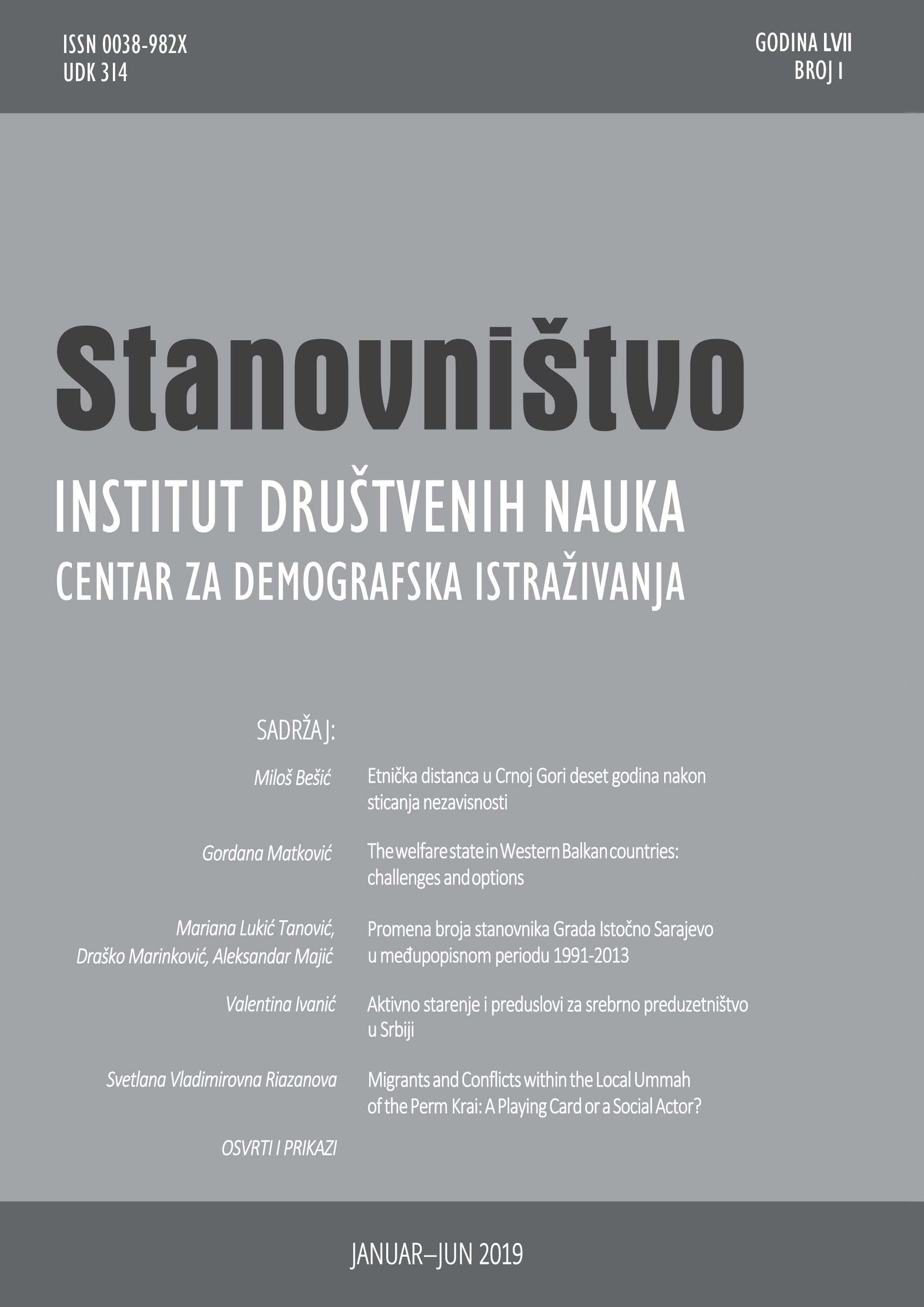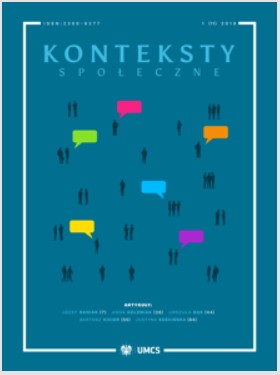Author(s): Mariana Lukić-Tanović,Draško Marinković,Aleksandar Majić / Language(s): Serbian
Issue: 1/2019
Between 1992 and 1995, the war in Bos-nia and Herzegovina led to territorial changes and caused the reshaping of national borders. These events also caused a large population movement with significant demographic consequences. It is important to note that Bosnia and Herzegovina went 22 years without a population census after 1991, with the most recent census conducted in 2013. According to the census of 2013, there were 59,916 inhabitants in 216 settlements across the City of East Sarajevo. The main goal of this research is to determine whether the intercensal dynamics of the population are positive or negative, whether depopulation is still occurring, and whether it is identical and uniform throughout the area. It should also be noted that due to the disin-tegration of the settlement system and the territorial division between the entities in Bosnia and Herzegovina, the number of inhabitants in the shared settlements of the City of East Sarajevo was estimated according to the 1991 census, after which the results of the two censuses (1991 and 2013) were com-piled. In the intercensal period from 1991 to 2013, the number of inhabitants in the City of East Sarajevo increased by 26%. This positive intercen-sal dynamic is the result of international migration, the refugee process, and posi-tive internal migration within the munici-palities of Istočna Ilidža, Istočno Novo Sarajevo, and Pale. However, a decline in total population was recorded in 177 of 216 settlements in the City. The extinction of certain settlements is one of the crucial characteristics of the explored area. In 2013, 11.1% of the settlements surveyed no longer had any inhabitants. Total depopulation is a feature of rural environments, while urban environments recorded positive population dynamics during the intercensal period. In addition to the total depopulation of rural areas, the City of East Sarajevo also faced the problem of natural population decline. A negative rate of natural increase, shifting of the maternal age limit, an increased mortality rate, and the aging of the population are some of the most distinctive demographic problems. Therefore, it is necessary to work on the design and implementation of measures for the revitalization of rural areas and the pro-natalist population policy measures in the future.
More...


















